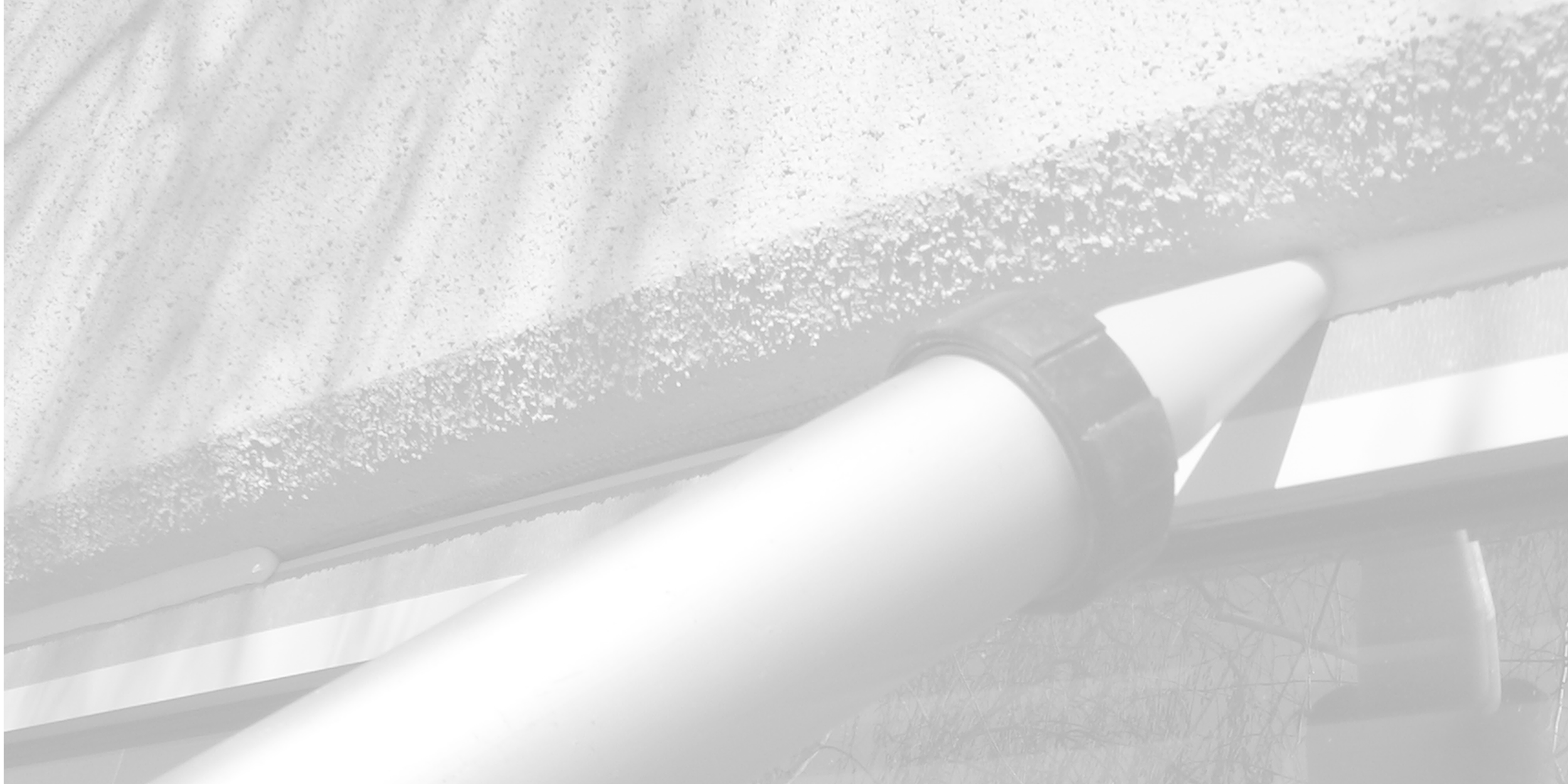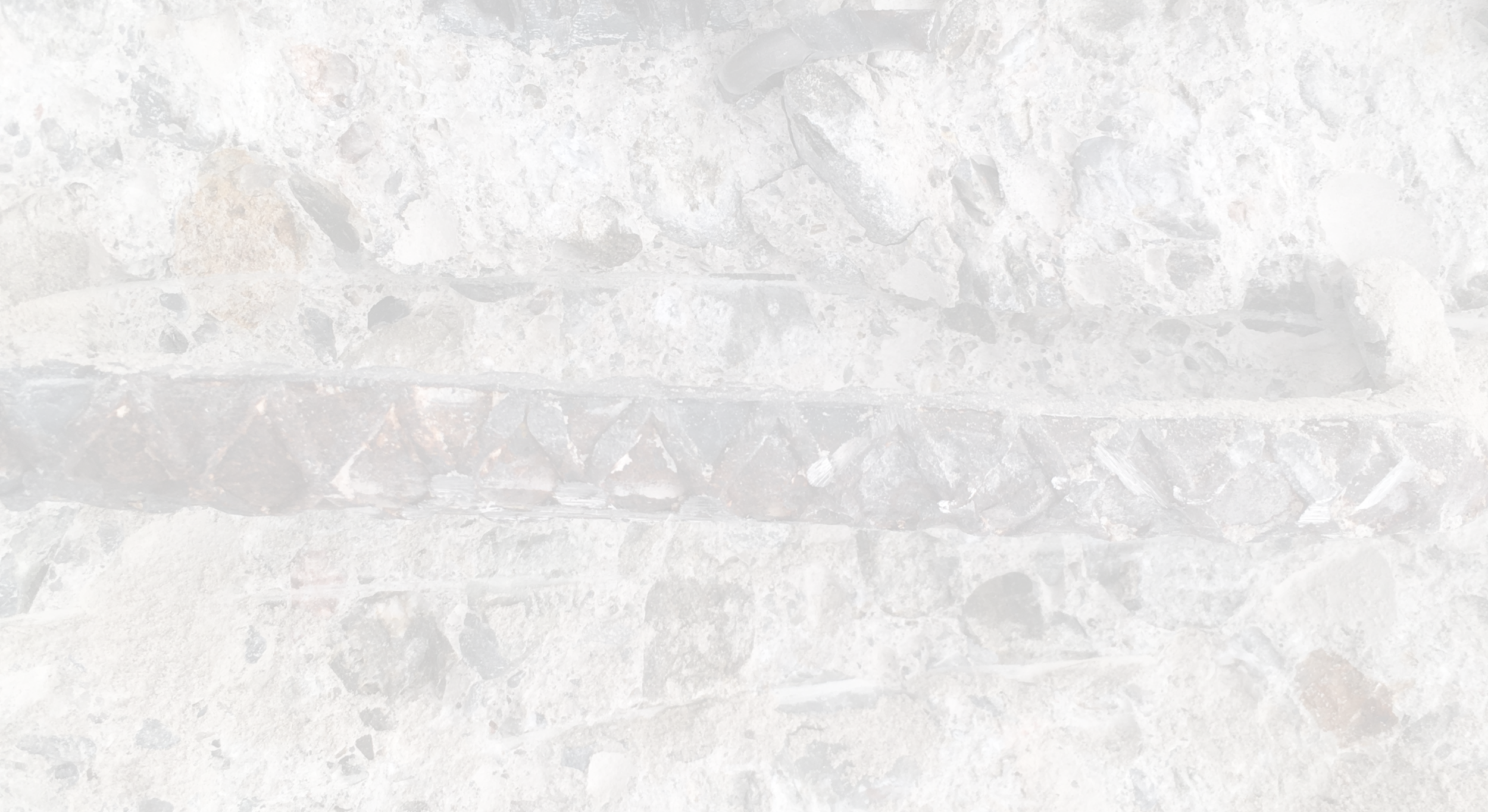
Caulking & Extrusions
Caulking & extrusions join your building’s components together, allowing for movement while also keeping water out. A crucial element to your building envelope, when they fail or wear out it creates an environment for mold and water damage.
We recommend inspecting your caulking & extrusions every 7-10 years, or more frequently if they are subject to impact or chemical damage.
Why Invest In Caulking & Extrusions
A critical bond that joins your building’s components together,
they are as vital to your building’s construction as concrete, glass, or wood.
Caulking is a flexible adhesive material used to connect different building materials together while still allowing movement between sections of the structure. It can also be extruded into dimensional shapes, to uniformly bridge over critical intersections, making for a very technical installation.
To ensure your installation is done correctly the first time, you want to make sure your installation team knows:
The optimal joint geometry. You don’t want the sealant to be too thick (it won’t flex) or too thin (it won’t last).
How to prepare the joint properly. If the new sealant does not have a strong bond to the substrate, it will fail prematurely and you will have to pay to do the work again.
Without proper care and maintenance, caulking can deteriorate faster than usual. We recommend inspecting your caulking every 7-10 years however the lifetime of your caulking is dependent on the building and environmental factors.
Urethane sealants should be inspected every 10 years and silicone sealant should be inspected every 15 years.
Depending on exposure to UV rays or other environmental factors, damage may occur sooner than expected.
High traffic or areas subject to impact or chemical damage should be inspected more often as well.
Often times it is expensive to get in place to access the caulking at panel joints and windows. Often times it is more cost effective to replace entire sections than to do a spot repair, just to pay again to get in place to do another section 5 feet away.
Pro tip: don’t forget to tell your installation team if the caulking needs to be painted. This has design impacts when it comes to building expansion joints. Silicone sealants, for example, can only be painted with silicone coatings.

Types of Buildings We Work On
SUCCESS STORIES
We don’t work without our amazing clients!
Services
-
This is sealant (typically silicone) used to adhere and secure building components, like glass panes on a glass curtainwall building.
-
When original rubber window gaskets wear out over time, they are commonly replaced with a cant bead of silicone sealant, called a “wetseal”
-
These are the joints between building components like panel edges, window perimeters, or expansion joints at floorlines. These building joints, caulked with either silicone or urethane sealants, typically, allow for building movement.
-
These joints in the building hardscaping are predominantly horizontal. You need to use the right caulking and backer here, to provide flexibility and be watertight, but also resist the point load of foot traffic (especially high heels!)
-
Silicone sealant can be extruded into rolls of tape, to provide a consistent sealant width over joints that but together. Silicone tape can also be notched, or grooved, to wrap around edges.
-
In addition to flat tape extrusion, dimensional shapes can be made using a mold. These are often used at window mullion intersections.



















